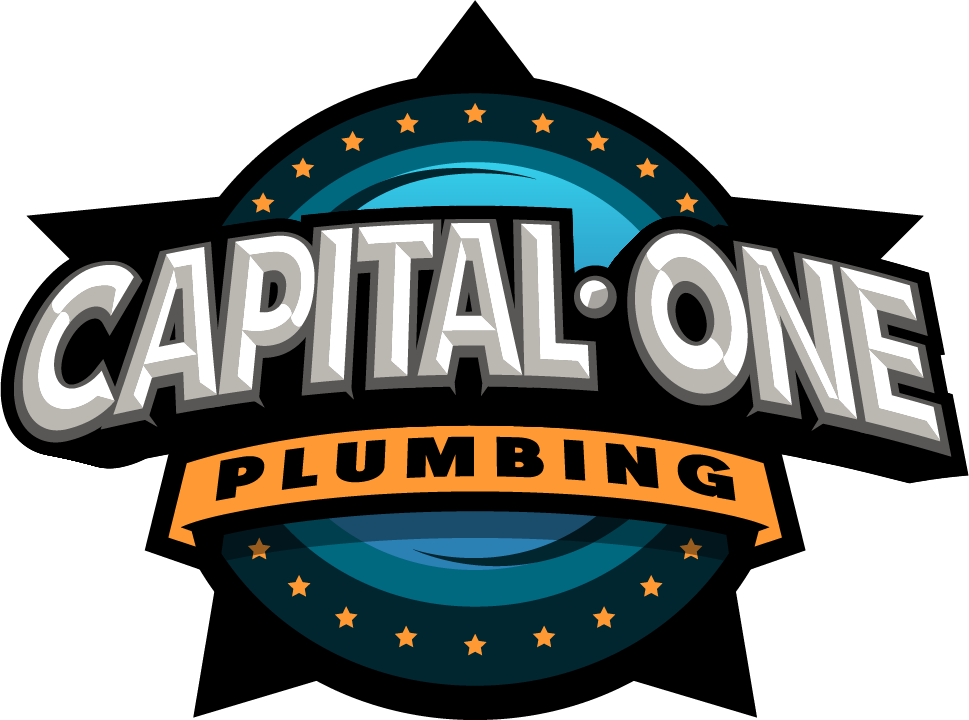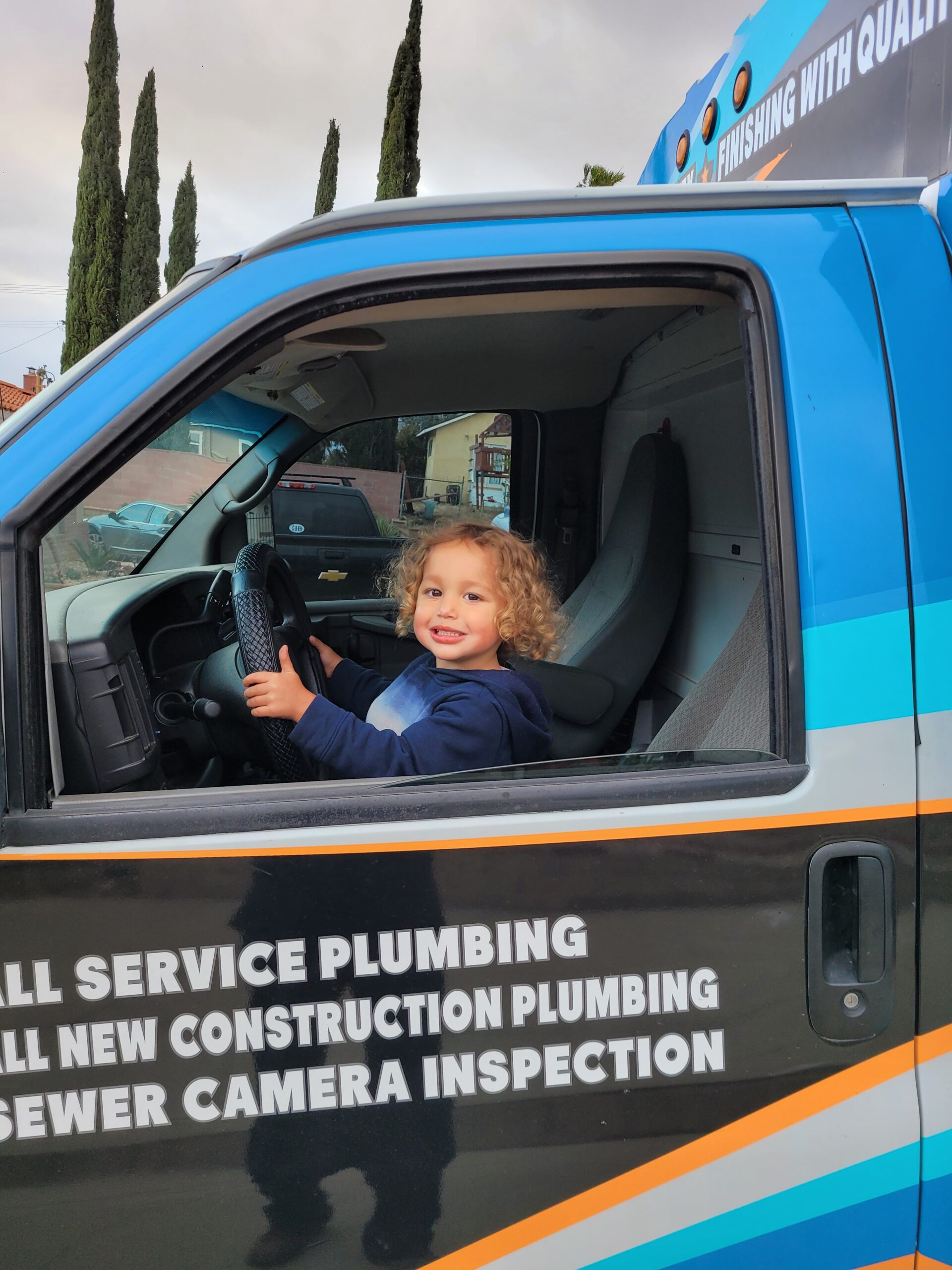1. Introduction to Sewer Repair
Importance of a Well-Maintained Sewer Repair System
A properly functioning Sewer Repair system is essential for maintaining hygiene, preventing property damage, and ensuring efficient wastewater management. Regular maintenance and timely repairs help avoid costly emergencies and environmental hazards.
Common Issues Requiring Sewer Repairs
Sewer lines are susceptible to various issues, including blockages, leaks, and structural damage. Addressing these problems promptly prevents more severe complications.
Signs That Your Sewer Line Needs Repair
- Slow or backed-up drains
- Unpleasant odors from drains or yard
- Patches of lush, green grass over sewer lines
- Gurgling noises from plumbing fixtures
- The sudden increase in water bills
2. Types of Sewer Line Problems
Tree Root Intrusions
Tree roots often infiltrate sewer lines through small cracks, causing blockages and structural damage.
Pipe Corrosion and Deterioration
Over time, older pipes made of materials like cast iron or clay may corrode or break down, leading to leaks and collapses.
Blockages and Clogs
Grease, hair, and non-biodegradable items can accumulate in pipes, obstructing water flow and causing backups.
Cracks, Leaks, and Breaks
Shifting soil, heavy traffic, or temperature changes can cause pipes to crack or break, leading to water leakage and property damage.
Sewer Line Bellies and Misalignments
Sections of pipes may sag or become misaligned due to soil movement, creating low spots where waste accumulates.
3. Methods of Sewer Repairs
Traditional Sewer Line Replacement
This method involves excavating the affected area to replace damaged pipes. Though effective, it can be disruptive and costly.
Trenchless Sewer Repair Methods
- Pipe Bursting: A new pipe is pulled through the old one, breaking the existing pipe while laying the replacement.
- Pipe Relining: A resin-coated liner is inserted and inflated inside the damaged pipe, creating a new, durable pipe within the old one.
Spot Repairs for Minor Issues
Small cracks or leaks can often be repaired without replacing the entire line, reducing costs and disruption.
Hydro Jetting for Cleaning and Minor Repairs
High-pressure water jets clear blockages and clean pipe walls, sometimes resolving minor issues without invasive repairs.
4. Sewer Line Inspection Techniques
Video Camera Inspections
A small, waterproof camera is inserted into the sewer line, providing real-time visuals of the pipe’s condition and locating problem areas.
Smoke Testing for Leaks
Non-toxic smoke is pumped into the sewer system to identify leaks or improper connections based on where the smoke escapes.
Pressure Testing
By measuring pressure levels within the pipes, plumbers can detect leaks and assess the system’s integrity.
5. Cost of Sewer Repair
Factors Influencing Sewer Repair Costs
- Extent of Damage: Minor repairs cost less than full replacements.
- Repair Method: Trenchless methods often cost more upfront but save on restoration expenses.
- Pipe Material and Length: Different materials and longer pipes impact repair complexity and cost.
Average Cost Estimates for Different Repair Methods
- Traditional Replacement: $3,000–$7,000
- Trenchless Repairs: $4,000–$10,000
- Spot Repairs: $500–$2,000
Long-Term Cost Savings from Proper Repairs
Investing in quality repairs prevents recurring issues and costly emergency interventions.
6. DIY vs. Professional Sewer Repair
Risks of DIY Sewer Repairs
Incorrect repairs can lead to further damage, increased costs, and potential health hazards.
Benefits of Hiring a Licensed Professional
Experienced plumbers have the tools, knowledge, and certifications to diagnose and repair issues efficiently and safely.
How to Choose a Reliable Sewer Repair Service
- Check Licensing and Insurance: Ensure the company is properly credentialed.
- Read Reviews: Look for consistent positive feedback from previous clients.
- Request Estimates: Compare pricing and services from multiple providers.
7. Preventing Future Sewer Repair Line Issues
Routine Maintenance and Inspections
Regular professional inspections and cleaning prevent build-up and identify potential problems early.
Proper Waste Disposal Practices
Avoid flushing non-biodegradable items and dispose of grease properly to prevent blockages.
Landscaping Considerations to Avoid Root Damage
Plant trees and shrubs away from sewer lines and use root barriers to prevent infiltration.
8. Conclusion Sewer Repair
Timel and professional sewer repairs are crucial for maintaining a functional and efficient plumbing system. By understanding common issues, repair methods, and maintenance practices, homeowners can prevent major disruptions and costly damage. Investing in quality repairs and routine care ensures a long-lasting and reliable sewer infrastructure.

